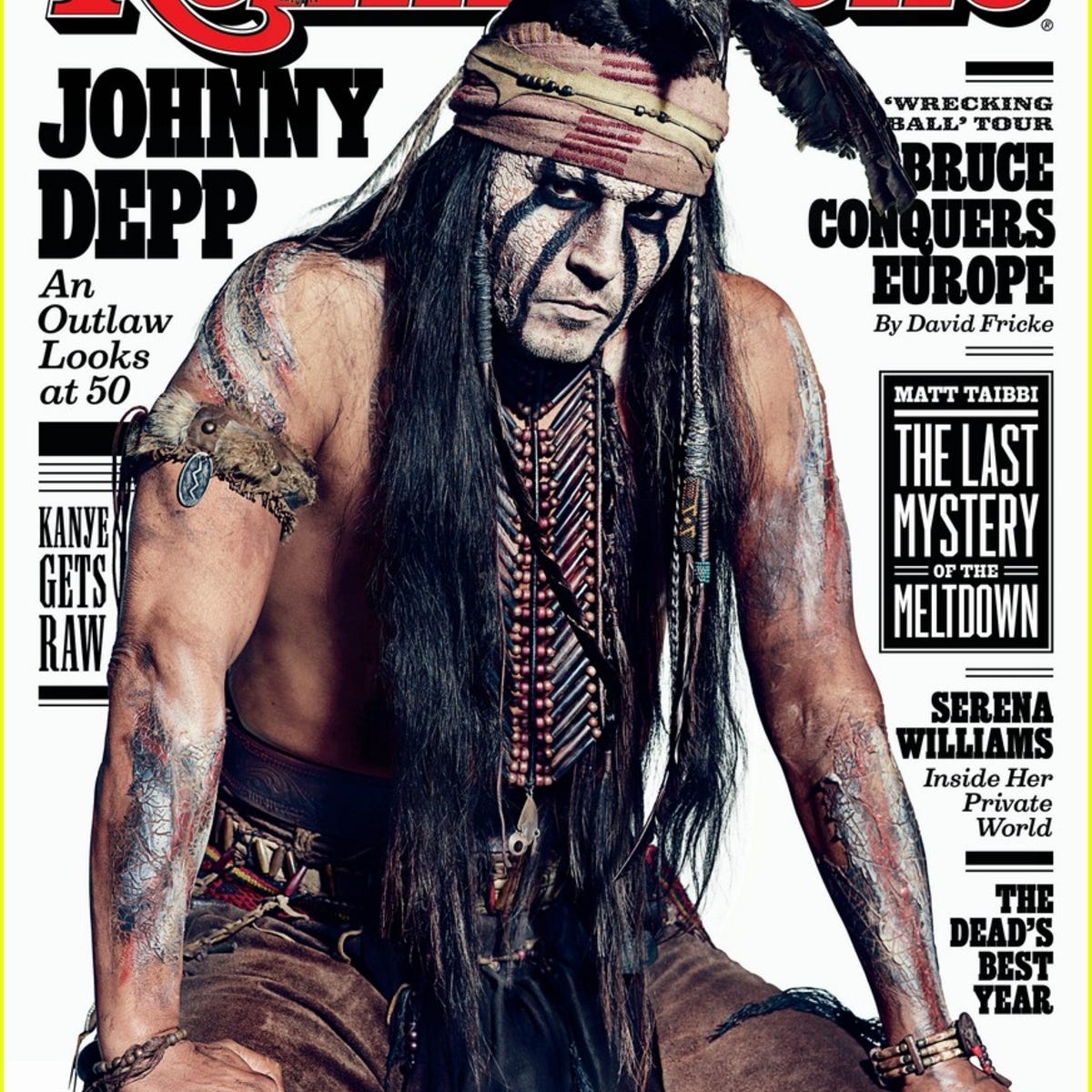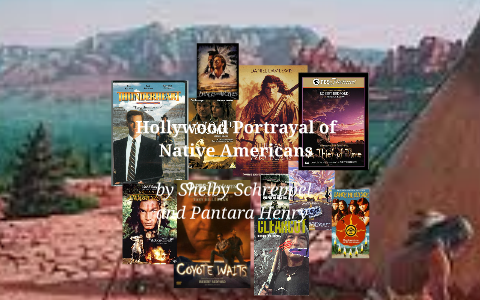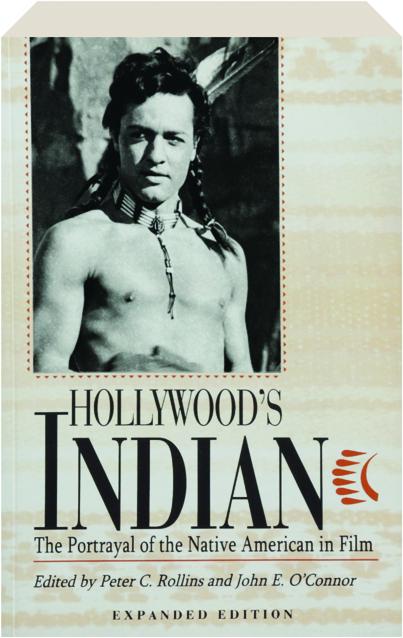The Celluloid Frontier: How Hollywood Shaped – and MisShaped – the Image of Native Americans
From the flickering silents to today’s streaming epics, Hollywood has wielded immense power in shaping global perceptions. Few groups have felt the double-edged sword of this influence more acutely than Native Americans. For over a century, the industry’s lens has cast Indigenous peoples in roles ranging from bloodthirsty savages and stoic, vanishing figures to, more recently, complex and self-determined individuals. This journey through the celluloid frontier reveals a landscape fraught with stereotypes, cultural appropriation, and a slow, often painful, evolution towards authenticity.
The Genesis of the "Savage": Early Hollywood’s Manifest Destiny
In its nascent years, Hollywood’s portrayal of Native Americans was inextricably linked to the pervasive ideology of Manifest Destiny – the belief that American settlers were destined to expand across the continent. This narrative demanded a clear antagonist, and Indigenous peoples were readily cast in that role. Early Westerns, a genre that would dominate American cinema for decades, depicted Native Americans primarily as obstacles to progress, wild and uncivilized, often engaged in brutal raids against innocent white settlers.
Films like D.W. Griffith’s 1908 short "The Red Man and the Child" and countless other dime-store adaptations cemented the image of the "savage Indian" – a primal, often war-painted figure whose primary function was to threaten or be conquered. They spoke in broken English, if at all, and their motivations were rarely explored beyond simple aggression or revenge. As historian Jeanine Basinger notes in "The ‘It’s a Wonderful Life’ Book," "Indians were the enemy, the exotic, the ‘other’… they were almost always the bad guys."
Adding insult to injury, these roles were overwhelmingly played by non-Native actors in "redface." White performers like Jeff Chandler as Cochise in "Broken Arrow" (1950), Burt Lancaster as an Apache chief in "Apache" (1954), or even later, Johnny Depp as Tonto in "The Lone Ranger" (2013), donned wigs, dark makeup, and feathers, perpetuating a visual caricature that bore little resemblance to the diverse realities of Indigenous cultures. This practice not only denied Native actors opportunities but also reinforced the idea that their identities were interchangeable and superficial.

The "Noble Savage" and the Vanishing Race Myth
As the mid-20th century approached, a slightly more nuanced, though still problematic, stereotype emerged: the "noble savage." This archetype romanticized Native Americans as spiritual, close to nature, and possessing an innate wisdom, but ultimately doomed to fade away in the face of modern civilization. They were often portrayed as tragic figures, bravely resisting their inevitable demise, or as wise elders offering cryptic advice to white protagonists.
Films like "Broken Arrow" (1950), while considered a progressive step at the time for its attempt to portray Apache culture with some sympathy, still largely centered the narrative around a white protagonist (Jeff Chandler as Cochise, a white actor) bridging the gap between two worlds. While it depicted Native Americans as capable of peace and reason, it still implicitly positioned them as a culture destined to be assimilated or vanish, rather than a living, evolving society. This "vanishing race" myth, a popular trope in American art and literature, conveniently absolved the dominant society of its role in the decimation of Native populations and cultures.
John Ford’s iconic Westerns, such as "The Searchers" (1956), further exemplified this complex dynamic. While visually stunning and critically acclaimed, "The Searchers" depicts Comanche people as largely dehumanized antagonists, responsible for horrific violence, which fuels the racist vengeance of its protagonist, Ethan Edwards (John Wayne). Though there are fleeting moments of sympathy, the film reinforces the perception of Native Americans as a threat, rather than a people defending their land and way of life.
The Winds of Change: Revisionist Westerns and Emerging Voices
The social and political upheavals of the 1960s and 70s, including the Civil Rights Movement and growing Native American activism (such as the American Indian Movement), began to ripple through Hollywood. A new wave of "revisionist Westerns" emerged, challenging the simplistic good-vs.-evil narratives of earlier films and attempting to present a more critical view of American expansionism.
Films like Arthur Penn’s "Little Big Man" (1970) and Ralph Nelson’s "Soldier Blue" (1970) overtly depicted the brutality inflicted upon Native Americans by the U.S. cavalry, including the infamous Washita Massacre. These films, while still often featuring white protagonists through whose eyes the Native experience was filtered, represented a significant shift. They aimed to evoke empathy and expose the historical injustices that had long been glossed over.
However, it was Kevin Costner’s 1990 epic "Dances With Wolves" that truly broke through to mainstream audiences. The film, which won seven Academy Awards, including Best Picture, famously depicted a white Union soldier integrating into a Lakota community and learning their language and ways. It was lauded for its sympathetic portrayal of the Lakota, its use of the Lakota language (with subtitles), and its showcasing of Native actors in prominent roles. Yet, it also faced criticism for perpetuating the "white savior" trope, where the narrative of Native struggle and survival is still mediated through a white character’s journey. As Native American writer and scholar Elizabeth Cook-Lynn put it, "It’s still the white man’s story. It’s about a white man who goes out and finds his identity among the Indians."
Despite its flaws, "Dances With Wolves" undeniably opened doors. It proved that audiences were receptive to more complex Native stories and that films featuring Indigenous cultures could be commercially successful. This paved the way for more authentic voices to begin making their mark.

The Rise of Indigenous Filmmakers and Authentic Representation
The 1990s and early 2000s marked a crucial turning point with the emergence of films written, directed, and starring Native Americans. Chris Eyre’s "Smoke Signals" (1998), based on Sherman Alexie’s short stories, became a landmark film. It offered a contemporary, humorous, and deeply human portrayal of two Coeur d’Alene friends on a road trip, grappling with identity, family, and reservation life. "Smoke Signals" shattered stereotypes by presenting Native characters as complex, flawed, and relatable individuals, whose lives were not solely defined by historical trauma but by modern experiences.
This era also saw the rise of international Indigenous cinema, with films like Zacharias Kunuk’s "Atanarjuat: The Fast Runner" (2001) from Canada, an epic Inuit story told entirely in Inuktitut, achieving critical acclaim and further demonstrating the richness and diversity of Indigenous storytelling traditions. These films were not just about Native Americans; they were by them, reflecting an inside perspective rather than an outsider’s gaze.
Contemporary Landscapes: Progress and Persistent Challenges
In the past decade, the landscape of Native American representation in Hollywood has continued to evolve at an accelerating pace. Streaming services and increased industry awareness have fostered a greater demand for diverse narratives and authentic portrayals.
Series like Sterlin Harjo’s "Reservation Dogs" (2021-present) on FX/Hulu have revolutionized the depiction of contemporary Indigenous life. Created, written, and directed almost entirely by Native Americans, the show offers a groundbreaking, comedic, and deeply poignant look at the lives of four Indigenous teenagers in rural Oklahoma. It celebrates Native humor, resilience, and community, while openly addressing issues like poverty, identity, and the lingering effects of colonialism. "Reservation Dogs" is a powerful testament to the fact that Native stories are not monolithic and can span all genres and emotional registers.
Similarly, "Rutherford Falls" (2021-2022), co-created by Sierra Teller Ornelas (Navajo), offered another nuanced comedic take on Native identity and history, centering on a fictional Native American Nation and its complex relationship with the town that shares its name. On the dramatic front, films like Dan Trachtenberg’s "Prey" (2022), a prequel to the "Predator" franchise, featured a Comanche protagonist and utilized Comanche language, demonstrating how Indigenous cultures can be authentically integrated into mainstream genre films.
Most recently, Martin Scorsese’s "Killers of the Flower Moon" (2023), based on David Grann’s non-fiction book, brought a true, tragic story of the Osage Nation’s struggle for justice to a global audience. With significant Osage consultation and starring Lily Gladstone (Siksikaitsitapi and Niitsitapi) in an Oscar-nominated role, the film represents a major studio effort to tell a historically accurate and Indigenous-centered narrative, albeit one still grappling with the complexities of historical trauma and the white gaze.
Despite these significant strides, challenges persist. Native Americans remain one of the most underrepresented groups in Hollywood, both on-screen and behind the camera. Typecasting, the scarcity of diverse roles beyond historical dramas, and the ongoing struggle for adequate funding for Indigenous-led projects are still realities. The fight against cultural appropriation, whether in sports mascots or fashion, also continues to be an important conversation that intersects with how Hollywood portrays and respects Indigenous cultures.
Conclusion: Towards a Self-Determined Future
Hollywood’s journey in portraying Native Americans is a microcosm of America’s own evolving relationship with its Indigenous peoples. From the dehumanizing "savage" to the romanticized "noble savage" and finally, to the complex, self-determined characters gracing screens today, the arc bends towards greater authenticity and respect.
The power of cinema to shape narratives and influence perceptions is undeniable. For too long, Hollywood’s misrepresentations perpetuated harmful stereotypes, erased rich histories, and denied the vibrant presence of diverse Indigenous cultures. Today, thanks to the unwavering efforts of Native artists, activists, and allies, the industry is slowly but surely moving towards a future where Indigenous stories are told by Indigenous voices, in all their multifaceted glory. This ongoing evolution is not just about correcting historical wrongs; it’s about enriching the global tapestry of human experience and fostering a more accurate, equitable, and inclusive understanding of Native America. The celluloid frontier, once a tool of conquest, is finally becoming a space for self-determination and truth.



